Another Dividend Champion lost its status two weeks ago. Mercury General (MCY), the insurance company, cut its dividend by 50% on August 2, 2022, after a 35-year streak. Consequently, Mercury General is no longer on the Dividend Champions 2022 list. The insurance firm recently struggled with catastrophic losses from winter storms and inflation related to automobile accidents. The pressure on automobile and property insurance losses and expenses is affecting profitability. Consequently, Mercury General cut its dividend.

Affiliate
If you are interested in investing in stocks that pay dividends I recommend signing up for the Sure Dividend Newsletter*. It is a good value and one of the best dividend stock newsletters available. There is a 7-day free trial and grace period so it is risk free. The service provides top 10 stock picks each month with discussion of advantages, valuation, and risks. I highly recommend them and use their insights for my own stock research.
Overview of Mercury general
Mercury General was founded in 1961 in Los Angeles, California. The firm is a multi-line insurer focusing on automobile and homeowners insurance at 88% of sales. The company writes automobile and home insurance in Arizona, Georgia, Illinois, Nevada, New Jersey, New York, Oklahoma, Texas, and Virginia, and only automobile insurance in Florida. Mercury General is the fourth largest insurer of privately owned automobiles in California. The firm also writes other types of insurance in some states. Total assets were approximately $6 billion at the end of Q2 2022.
Mercury General has an ‘A’ Excellent rating from A.M. Best. An ‘A’ rating is assigned to insurance companies that have an excellent ability to meet their ongoing insurance obligations.
Mercury General was founded by George Joseph, who is still the Chairman. His son is the Chief Operating Officer. George Joseph and his family members own about 35% of the company.

Dividend Cut Announcement
Mercury General announced the dividend cut on August 2, 2022, reducing the dividend rate to $0.3175 from $0.6350 per share. At the time, the forward dividend yield was ~3.17%. Specifically, the firm stated:
“The Board of Directors declared a quarterly dividend of $0.3175 per share. The dividend will be paid on September 29, 2022 to shareholders of record on September 15, 2022. The Board reduced the dividend as compared to prior periods to reflect challenging business conditions caused primarily by extraordinarily high inflation rates, particularly with respect to the settlement of claims. The Company is taking premium rate increases and non-rate actions to improve profitability. The Board will periodically review the Company’s dividend policy and consider changes to the dividend pay-out when business conditions warrant.”
Overall, the announcement was negative but moderated by the last sentence, where Mercury General suggests it may increase the dividend if business conditions improve. However, continued poor business conditions may cause another reduction.
Challenges
Mercury General is facing significant challenges to its business, including catastrophic losses, inflation affecting automobile coverage, and a lawsuit by the state of California.
The company is experiencing catastrophic losses related to extreme winter storms and rainstorms. Mercury General has stated,
“Catastrophe losses due to the events that occurred during the six months ended June 30, 2022 totaled approximately $40 million, with no reinsurance benefits used for these losses, resulting primarily from winter storms, rainstorms and hail in Texas and winter storms in California. Catastrophe losses due to the events that occurred during the six months ended June 30, 2021 totaled approximately $64 million, with no reinsurance benefits used for these losses, resulting primarily from the deep freeze and other extreme weather events in Texas and Oklahoma and winter storms in California.”
Inflation is impacting part costs and labor expenses to repair cars. Next, labor shortages are extended repair times. Lastly, inflation is causing medical care costs for bodily injury to rise. The firm has stated,
“Inflationary trends have accelerated to their highest level in decades, which has had a significant impact on the cost of auto parts and labor as well as medical expenses for bodily injuries, and supply chain and labor shortage issues have lengthened the time to repair vehicles. Bodily injury costs are also under pressure from social inflation. These factors have increased losses and loss adjustment expenses for the insured events of the current accident year for the six months ended June 30, 2022 compared to the corresponding period in 2021.”
The third challenge is a lawsuit from the state of California. Although not directly related to the second quarter’s losses, it is an overhang for the stock price.
Dividend Safety
Mercury General was a long-term dividend grower and a high-yield stock. The company increased its dividend for 35 consecutive years, making the stock a Dividend Champion. The dividend yield before the dividend cut was roughly 6%, making the stock one of the highest yielding Dividend Champions. The forward annualized dividend yield is now lower at approximately 2.8%. The dividend yield in 2022 will be about 5.7%.
Before the dividend cut, the dividend safety was low because earnings did not cover the dividend rate. In fact, the payout ratio was more than 100% for many years in the past decade. However, after the 50% cut, dividend safety has improved considerably. Below we discuss Mercury General’s current dividend safety from the perspective of earnings, free cash flow (FCF), and the balance sheet.
The company is having a difficult 2022 and will probably have a loss for the year because of catastrophic losses and inflation impacts. The payout ratios in 2020 and 2021 were perhaps not representative of the actual values because of the COVID-19 pandemic. However, in 2019, the payout ratio was about 97%, and it was more than 100% between 2012 and 2018. These values are not good, and the company struggled to maintain its Dividend Champion status. Annual dividend increases were only about 0.4% annually for the past decade, and the dividend growth rate did not justify its valuation.

Looking forward, we expect a lower payout ratio ranging approximately from 50% to 60%. However, a risk of future reductions still exists if Mercury General has significant losses again in a single year or cannot raise premium pricing.
Mercury General relies on its asset base to generate interest income along with insurance premium income for revenue. In turn, this results in consistent cash flow. Operating cash flow was $379 million in the last twelve months and $502 million in 2021. The dividend required ~$140.5 million in the past twelve months, giving a cash flow coverage ratio of approximately 37%. This value is acceptable and suggests the dividend was safe. The dividend-to-OCF value was even lower in 2021. In the future, we expect an even lower ratio because of the dividend cut.
As an insurance company, Mercury General’s balance sheet is essential. The firm invests in US Treasuries and other safe assets to offset its liabilities and risk of one-time catastrophic losses. The company’s financial position is sound, with an ‘A’ rating from A.M. Best. This value is out of seven rating categories and is the second highest rating. In addition, Mercury General has a BBB+ / Baa2 lower-medium investment grade credit rating from Fitch and Moody’s. Consequently, the dividend is safe given the relatively safe balance sheet.
Overall, after the dividend cut, Mercury General’s dividend is safer. However, insurance companies periodically must pay for significant losses. Therefore, investors should consider this point when investing for income or dividend growth.
Final Thoughts on Mercury General (MCY) Cutting Its Dividend
Mercury General was a long-time Dividend Champion, but it is no longer one after the dividend cut. A cut is often a trigger to sell a dividend stock. The company is struggling with several challenges that it may not overcome quickly. However, even before the recent difficulties, the firm’s dividend growth was anemic and the dividend safety poor. However, one consequence of the cut is the new dividend rate is safer, but there are still risks. Next, the dividend yield is lower and does not really compensate for the risks. Overall, investors following a dividend growth strategy should probably look elsewhere.
Thanks for reading Mercury General (MCY) Cuts Its Dividend.
Related Articles on Dividend Power
Here are my recommendations:
If you are unsure on how to invest in dividend stocks or are just getting started with dividend investing. Take a look at my Review of the Simply Investing Report. I also provide a Review of the Simply Investing Course. Note that I am an affiliate of Simply Investing.
If you are interested in an excellent resource for DIY dividend growth investors. I suggest reading my Review of The Sure Dividend Newsletter. Note that I am an affiliate of Sure Dividend.
If you want a leading investment research and portfolio management platform with all the fundamental metrics, screens, and analysis tools that you need. Read my Review of Stock Rover. Note that I am an affiliate of Stock Rover.
If you would like notifications as to when my new articles are published, please sign up for my free weekly e-mail. You will receive a free spreadsheet of the Dividend Kings! You will also join thousands of other readers each month!
- This post contains affiliate links meaning that I earn a commission for any purchases that you make at the Affiliates website through these links. This will not incur additional costs for you. Please read my disclosure for more information.
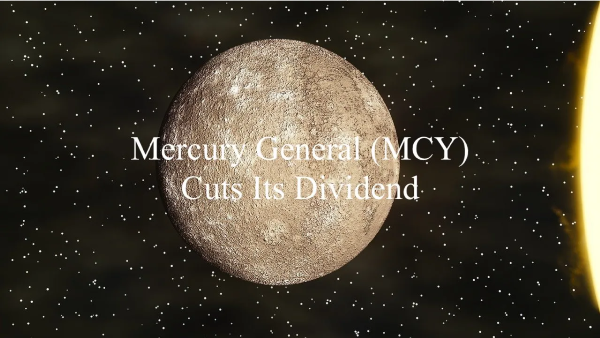





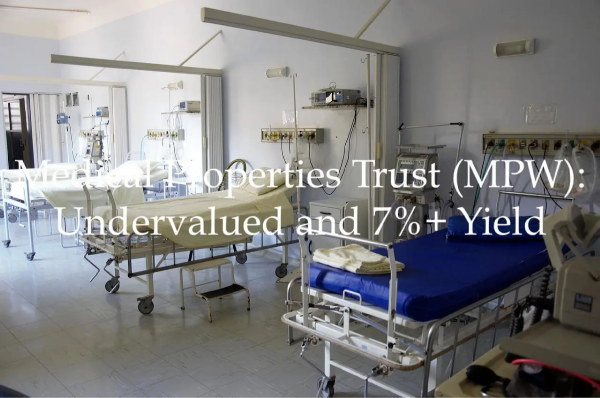



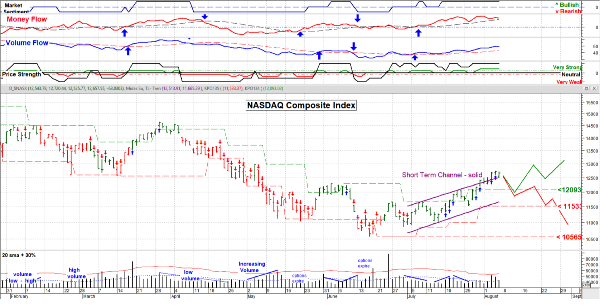



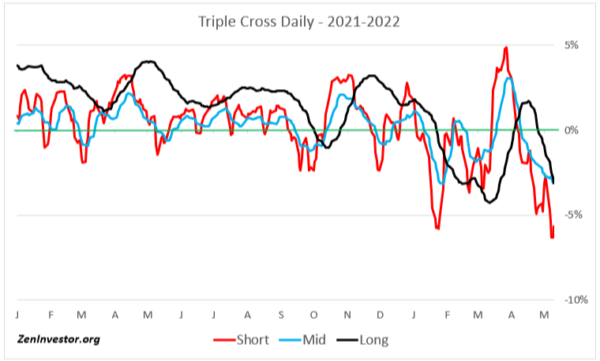
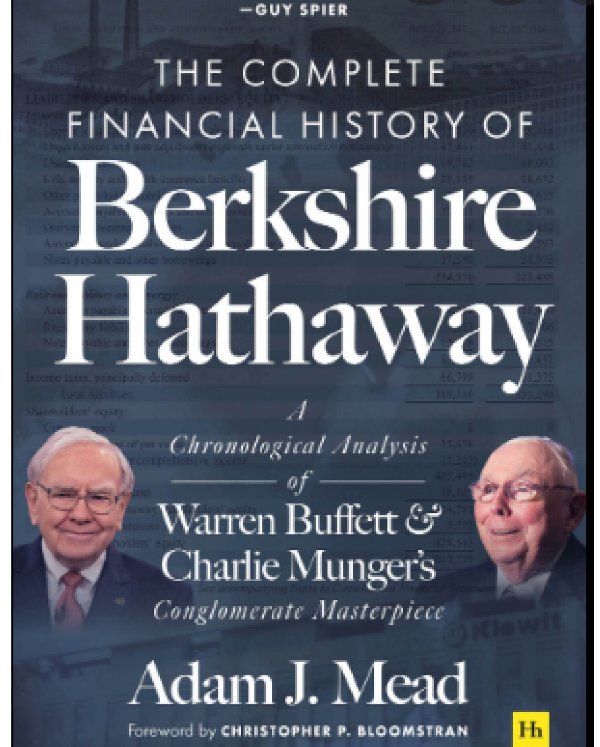
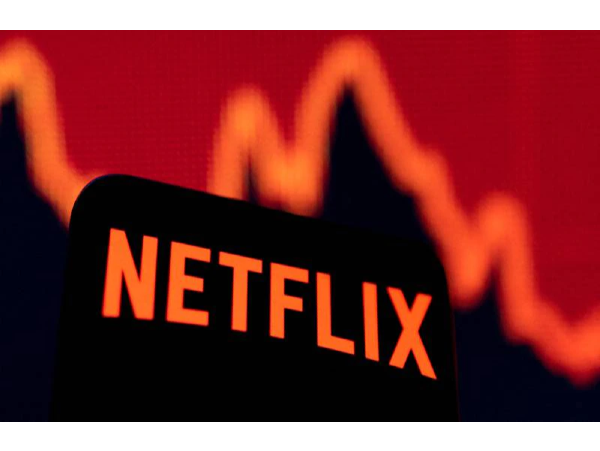
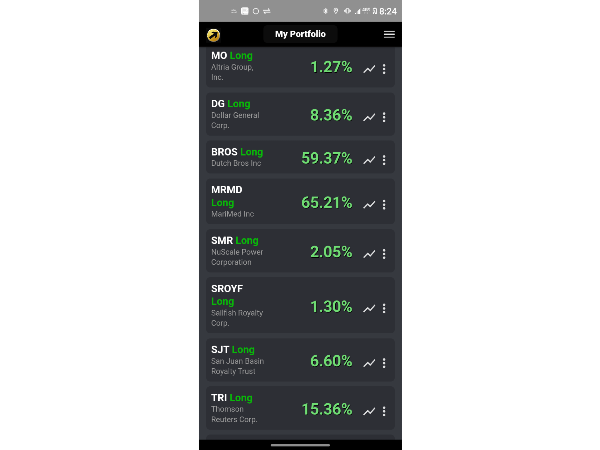
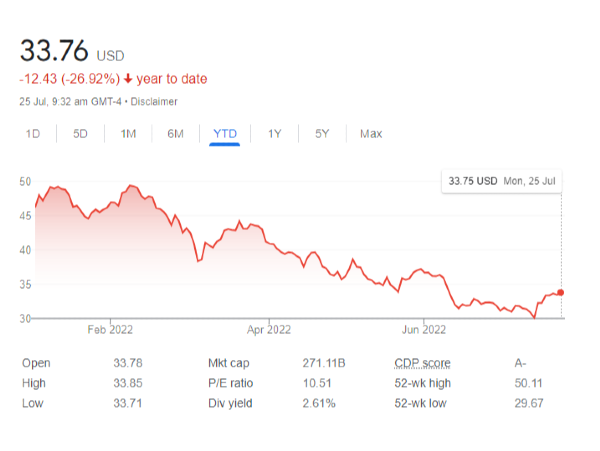

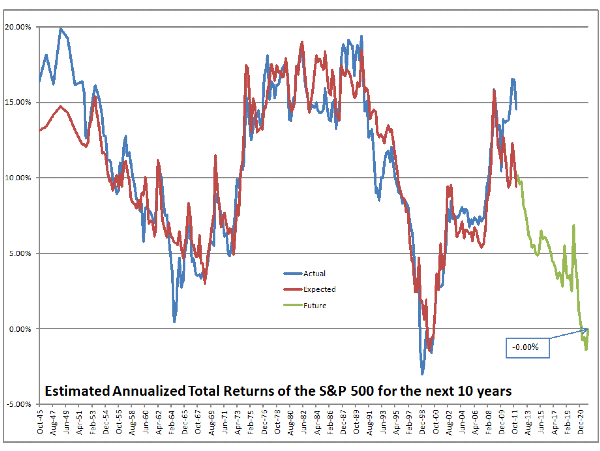
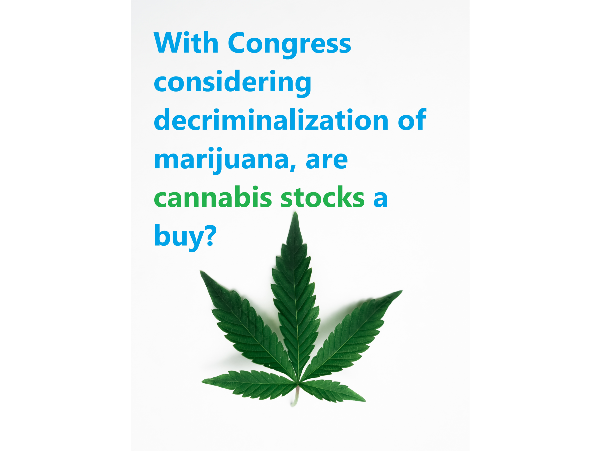








Another Dividend Champion lost its status two weeks ago. Mercury General (MCY), the insurance company, cut its dividend by 50% on August 2, 2022, after a 35-year streak. Consequently, Mercury General is no longer on the Dividend Champions 2022 list. The insurance firm recently struggled with catastrophic losses from winter storms and inflation related to automobile accidents. The pressure on automobile and property insurance losses and expenses is affecting profitability. Consequently, Mercury General cut its dividend.
Affiliate
If you are interested in investing in stocks that pay dividends I recommend signing up for the Sure Dividend Newsletter*. It is a good value and one of the best dividend stock newsletters available. There is a 7-day free trial and grace period so it is risk free. The service provides top 10 stock picks each month with discussion of advantages, valuation, and risks. I highly recommend them and use their insights for my own stock research.
Overview of Mercury general
Mercury General was founded in 1961 in Los Angeles, California. The firm is a multi-line insurer focusing on automobile and homeowners insurance at 88% of sales. The company writes automobile and home insurance in Arizona, Georgia, Illinois, Nevada, New Jersey, New York, Oklahoma, Texas, and Virginia, and only automobile insurance in Florida. Mercury General is the fourth largest insurer of privately owned automobiles in California. The firm also writes other types of insurance in some states. Total assets were approximately $6 billion at the end of Q2 2022.
Mercury General has an ‘A’ Excellent rating from A.M. Best. An ‘A’ rating is assigned to insurance companies that have an excellent ability to meet their ongoing insurance obligations.
Mercury General was founded by George Joseph, who is still the Chairman. His son is the Chief Operating Officer. George Joseph and his family members own about 35% of the company.
Source: Mercury General 2021 Annual Report
Dividend Cut Announcement
Mercury General announced the dividend cut on August 2, 2022, reducing the dividend rate to $0.3175 from $0.6350 per share. At the time, the forward dividend yield was ~3.17%. Specifically, the firm stated:
“The Board of Directors declared a quarterly dividend of $0.3175 per share. The dividend will be paid on September 29, 2022 to shareholders of record on September 15, 2022. The Board reduced the dividend as compared to prior periods to reflect challenging business conditions caused primarily by extraordinarily high inflation rates, particularly with respect to the settlement of claims. The Company is taking premium rate increases and non-rate actions to improve profitability. The Board will periodically review the Company’s dividend policy and consider changes to the dividend pay-out when business conditions warrant.”
Overall, the announcement was negative but moderated by the last sentence, where Mercury General suggests it may increase the dividend if business conditions improve. However, continued poor business conditions may cause another reduction.
Challenges
Mercury General is facing significant challenges to its business, including catastrophic losses, inflation affecting automobile coverage, and a lawsuit by the state of California.
The company is experiencing catastrophic losses related to extreme winter storms and rainstorms. Mercury General has stated,
“Catastrophe losses due to the events that occurred during the six months ended June 30, 2022 totaled approximately $40 million, with no reinsurance benefits used for these losses, resulting primarily from winter storms, rainstorms and hail in Texas and winter storms in California. Catastrophe losses due to the events that occurred during the six months ended June 30, 2021 totaled approximately $64 million, with no reinsurance benefits used for these losses, resulting primarily from the deep freeze and other extreme weather events in Texas and Oklahoma and winter storms in California.”
Inflation is impacting part costs and labor expenses to repair cars. Next, labor shortages are extended repair times. Lastly, inflation is causing medical care costs for bodily injury to rise. The firm has stated,
“Inflationary trends have accelerated to their highest level in decades, which has had a significant impact on the cost of auto parts and labor as well as medical expenses for bodily injuries, and supply chain and labor shortage issues have lengthened the time to repair vehicles. Bodily injury costs are also under pressure from social inflation. These factors have increased losses and loss adjustment expenses for the insured events of the current accident year for the six months ended June 30, 2022 compared to the corresponding period in 2021.”
The third challenge is a lawsuit from the state of California. Although not directly related to the second quarter’s losses, it is an overhang for the stock price.
Dividend Safety
Mercury General was a long-term dividend grower and a high-yield stock. The company increased its dividend for 35 consecutive years, making the stock a Dividend Champion. The dividend yield before the dividend cut was roughly 6%, making the stock one of the highest yielding Dividend Champions. The forward annualized dividend yield is now lower at approximately 2.8%. The dividend yield in 2022 will be about 5.7%.
Before the dividend cut, the dividend safety was low because earnings did not cover the dividend rate. In fact, the payout ratio was more than 100% for many years in the past decade. However, after the 50% cut, dividend safety has improved considerably. Below we discuss Mercury General’s current dividend safety from the perspective of earnings, free cash flow (FCF), and the balance sheet.
The company is having a difficult 2022 and will probably have a loss for the year because of catastrophic losses and inflation impacts. The payout ratios in 2020 and 2021 were perhaps not representative of the actual values because of the COVID-19 pandemic. However, in 2019, the payout ratio was about 97%, and it was more than 100% between 2012 and 2018. These values are not good, and the company struggled to maintain its Dividend Champion status. Annual dividend increases were only about 0.4% annually for the past decade, and the dividend growth rate did not justify its valuation.
Source: Portfolio Insight*
Looking forward, we expect a lower payout ratio ranging approximately from 50% to 60%. However, a risk of future reductions still exists if Mercury General has significant losses again in a single year or cannot raise premium pricing.
Mercury General relies on its asset base to generate interest income along with insurance premium income for revenue. In turn, this results in consistent cash flow. Operating cash flow was $379 million in the last twelve months and $502 million in 2021. The dividend required ~$140.5 million in the past twelve months, giving a cash flow coverage ratio of approximately 37%. This value is acceptable and suggests the dividend was safe. The dividend-to-OCF value was even lower in 2021. In the future, we expect an even lower ratio because of the dividend cut.
As an insurance company, Mercury General’s balance sheet is essential. The firm invests in US Treasuries and other safe assets to offset its liabilities and risk of one-time catastrophic losses. The company’s financial position is sound, with an ‘A’ rating from A.M. Best. This value is out of seven rating categories and is the second highest rating. In addition, Mercury General has a BBB+ / Baa2 lower-medium investment grade credit rating from Fitch and Moody’s. Consequently, the dividend is safe given the relatively safe balance sheet.
Overall, after the dividend cut, Mercury General’s dividend is safer. However, insurance companies periodically must pay for significant losses. Therefore, investors should consider this point when investing for income or dividend growth.
Final Thoughts on Mercury General (MCY) Cutting Its Dividend
Mercury General was a long-time Dividend Champion, but it is no longer one after the dividend cut. A cut is often a trigger to sell a dividend stock. The company is struggling with several challenges that it may not overcome quickly. However, even before the recent difficulties, the firm’s dividend growth was anemic and the dividend safety poor. However, one consequence of the cut is the new dividend rate is safer, but there are still risks. Next, the dividend yield is lower and does not really compensate for the risks. Overall, investors following a dividend growth strategy should probably look elsewhere.
Thanks for reading Mercury General (MCY) Cuts Its Dividend.
Related Articles on Dividend Power
Here are my recommendations:
If you are unsure on how to invest in dividend stocks or are just getting started with dividend investing. Take a look at my Review of the Simply Investing Report. I also provide a Review of the Simply Investing Course. Note that I am an affiliate of Simply Investing.
If you are interested in an excellent resource for DIY dividend growth investors. I suggest reading my Review of The Sure Dividend Newsletter. Note that I am an affiliate of Sure Dividend.
If you want a leading investment research and portfolio management platform with all the fundamental metrics, screens, and analysis tools that you need. Read my Review of Stock Rover. Note that I am an affiliate of Stock Rover.
If you would like notifications as to when my new articles are published, please sign up for my free weekly e-mail. You will receive a free spreadsheet of the Dividend Kings! You will also join thousands of other readers each month!
Originally Posted on dividendpower.org